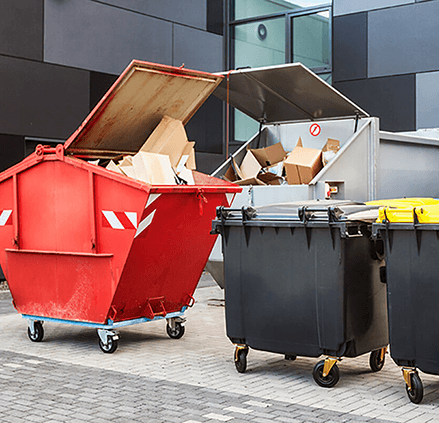

Implementation of D2D collection system – In order to implementation successful door to door collection system, an identification study had to be carried out which helped to figure out the amount of waste generated at each ward and the population of each ward. Manish Singh joined as Municipal Commissioner of Indore. The Mayor expressed her concern about cleanliness to the commissioner and apprehensions about continuing with A2Z which led to a termination of the contract in August 2015, few months after Mr. Even with the city areas, cleanliness of public toilets was improper leading to open defecation by other citizens as well. In addition open defecation was prevalent in slum areas as the municipality had not provided enough public toilets for such people to use. The combination of poor collection and transportation of household waste lent a filthy look to the city. Their financial woes were reflected in the poor maintenance of vehicles managed by them and irregular service leading to accumulation and overflowing of dustbins. A2Z was facing a severe financial crisis leading to severely affected secondary waste transportation system. They had a vested interest in not keeping the localities clean so that the animals could feed on them and reduce their maintenance cost on these animals.Ģ) Secondary collection: From the central dustbins, waste was removed by a private contractor A2Z Infrastructure Limited and moved to open dumping ground in to Devguradia. Some of these animals (cows and pigs) were looked after by the Jagirdars who could get additional income by milking the cows or selling the animals for meat. Stray animals (cows, pigs and dogs) would feed on this garbage. These dustbins would often overflow creating an ugly look around the city. The city had 1380 dustbins with some of them in very poor shape. In general, the waste collected was put in dustbins along main streets. They had very poor service quality levels and often dumped the garbage in open government land/ empty plots leading to health hazards for citizens. Private waste collectors were called “Jagirdars”. The Swachhata story of Indore is truly transformation through community participation.ġ) Primary collection: Household waste was collected in some locations by municipality workers and in others through private arrangement by housing colonies. Within a span of one year the Municipal Corporation successfully sensitized citizens for segregation at source and not dumping garbage in open areas. The cleanliness scenario of Indore was changed by improved habits of its people. Indore through its commendable collaborative efforts has achieved segregation of waste at source at 100% of its household’s and commercial units.Ĭitizens of Indore played a significant role in making the city neat and clean. It took almost a year to achieve 100% door-to-door garbage collection. The door-to-door service was started in January 2016 as a pilot projects in two of the 84 wards in the city. Indore today generates over 1,115 MT of garbage a day and all of it is collected from the source whether it is a household or commercial establishment.
#Waste management battery tracker free
In urban areas, the focus was on building open defecation free (ODF) towns by constructing individual, community and public toilets, and scientific solid waste management. The mission was split into two parts – urban and rural. This was given the shape of mass movement with Prime Minister, Mr. On 2nd October 2014, the birth day of father of the nation, Mahatma Gandhi, the ‘Swatch Bharat Mission’ (SBM) was launched by Govt. Swatch Bharat Mission (Clean India Mission)


 0 kommentar(er)
0 kommentar(er)
